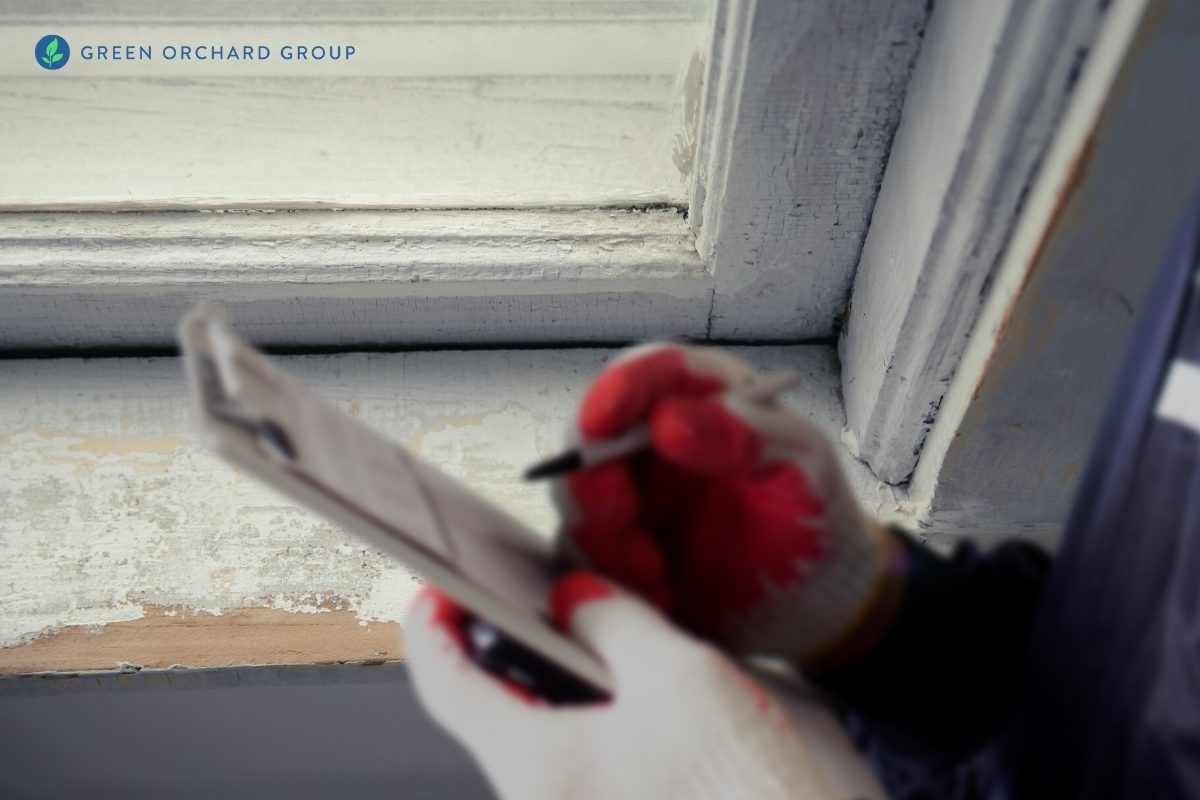DOH & HPD Lead Violation Removal NYC-- Expert Services for Conformity
DOH & HPD Lead Violation Removal NYC-- Expert Services for Conformity
Blog Article
Important Devices and Techniques for Effective Lead Offense Clean-up
Addressing lead offenses successfully necessitates a comprehensive approach that blends the right tools with strategic approaches. Simultaneously, the use of specialized cleaning devices, such as HEPA vacuums and lead-specific cleaning representatives, is critical for comprehensive contaminant removal. Effective control approaches, including plastic sheet and negative air stress systems, are essential to prevent the spread of harmful products.
Personal Protective Devices
Personal protective devices (PPE) is a critical element in the efficient monitoring of lead contamination cleaning. The vital PPE for lead cleanup consists of respirators, protective apparel, handwear covers, and eye defense.
Respirators, particularly those geared up with HEPA filters, are vital for filtering air-borne lead particles, preventing breathing. Correct fit and seal checks are crucial to guarantee their efficiency. Protective clothing, including coveralls and disposable matches, avoids lead dirt from sticking to employees' garments, decreasing the risk of additional contamination. Handwear covers, commonly made from nitrile or latex, protect the skin from straight contact with lead, while safety goggles or full-face guards shield the eyes from dirt and debris.
In addition, strenuous training on the appropriate usage and maintenance of PPE is important. Workers should be enlightened on donning and doffing treatments to stay clear of contamination. Regular assessments and substitutes of PPE elements are necessary to maintain their safety abilities, making sure a secure and compliant cleanup operation.
Specialized Cleanup Devices

An additional important tool is the wet/dry vacuum, which can properly cleanse up both dust and liquid pollutants. These vacuums usually include HEPA filters to provide an added layer of safety and security. Wet wipes or tack cloths are likewise vital for surface cleaning; they are especially created to record and hold lead bits, lowering the danger of spreading out contamination.
For more stubborn deposits, specialized lead-removal cleaning representatives are needed. These representatives are developed to break down lead bits, making them less complicated to eliminate. Scrub brushes with strong bristles can assist in this procedure, specifically on harsh surface areas where lead dust often tends to adhere more strongly.
Additionally, encapsulants are used to seal lead-contaminated surface areas, avoiding the release of lead dirt. These specialized paints and layers are made to follow different substrates, offering a lasting option for lead control.
Effective Containment Approaches
Effective control approaches are essential in alleviating the spread of lead contamination throughout cleanup tasks. Executing robust control approaches makes certain that lead bits do not move to untouched locations, consequently securing both workers and the setting. One key technique is making use of plastic bed linen to seal off polluted zones. Heavy-duty polyethylene barriers can be set up from floor to ceiling to produce a regulated job location, significantly reducing the risk of airborne lead dust dispersal.

To enhance containment, encapsulants can be related to surfaces that are not being eliminated or disrupted. These specialized coatings bind lead dust, decreasing its schedule for resuspension. Additionally, all workers have to put on proper Individual Protective Devices (PPE), consisting of respirators and non reusable suits, to stop contamination spread.
Safe Disposal Practices
Ensuring secure disposal techniques is a critical part in the administration of lead contamination clean-up. Appropriate disposal alleviates the risk of lead coming back the atmosphere and threatening public health (DOH & HPD Lead Violation Removal NYC).
Transporting lead waste needs adherence to stringent guidelines. Using qualified contaminated materials service providers makes certain that the materials are handled sensibly. Documents, including materializes describing the kind and amount of waste, should accompany deliveries to track the waste from the website of beginning to its last disposal location.
Designated harmful waste disposal centers are equipped to deal with lead-contaminated products securely. These facilities frequently utilize advanced approaches such as stablizing, solidification, or chemical therapy to neutralize the lead prior to disposal. Landfilling in specialized, lined areas that prevent leachate from polluting groundwater is a common technique for final disposal.
Routine training for workers associated with lead garbage disposal is critical to keep security criteria and protect against unintended exposure. By sticking to these techniques, companies can browse around these guys considerably lower the environmental and health and wellness influences linked with lead contamination.
Regulatory Compliance Tips

Sticking to regulatory compliance is paramount in the effective implementation of lead contamination cleaning. Recognizing and complying with federal, state, and local laws ensures not just the safety and wellness of individuals but additionally the legal and monetary well-being of the cleanup company. The Epa (EPA) establishes strict criteria, such as the Lead Remodelling, Repair Service, and Paint (RRP) Regulation, which mandates proper accreditation and training for contractors managing lead-based resource activities.
Compliance begins with a thorough evaluation of applicable regulations and laws. Organizations must stay upgraded on any kind of legal modifications, which can be helped with through routine training sessions and subscribing to industry updates. Documents is one more crucial compliance element; maintaining in-depth records of all tasks, including inspection reports, staff member training logs, and disposal manifests, is essential.
Furthermore, engaging with certified lead assessors or take the chance of assessors guarantees that lead hazards are correctly determined and mitigated. Companies need to implement using Personal Safety Equipment (PPE) and guarantee that security protocols are strictly adhered to. Last but not least, clear communication with stakeholders, including staff members, clients, and regulatory bodies, will certainly foster a culture of compliance and accountability, eventually adding to a more secure and extra efficient my review here lead cleaning procedure.
Conclusion
Reliable lead offense clean-up requires the integration of specialized tools and strategic methods to make sure security and efficiency. Individual protective devices (PPE) safeguards employees from direct exposure, while safe disposal methods and rigorous adherence to regulative conformity are vital for sensibly handling dangerous waste.
Report this page